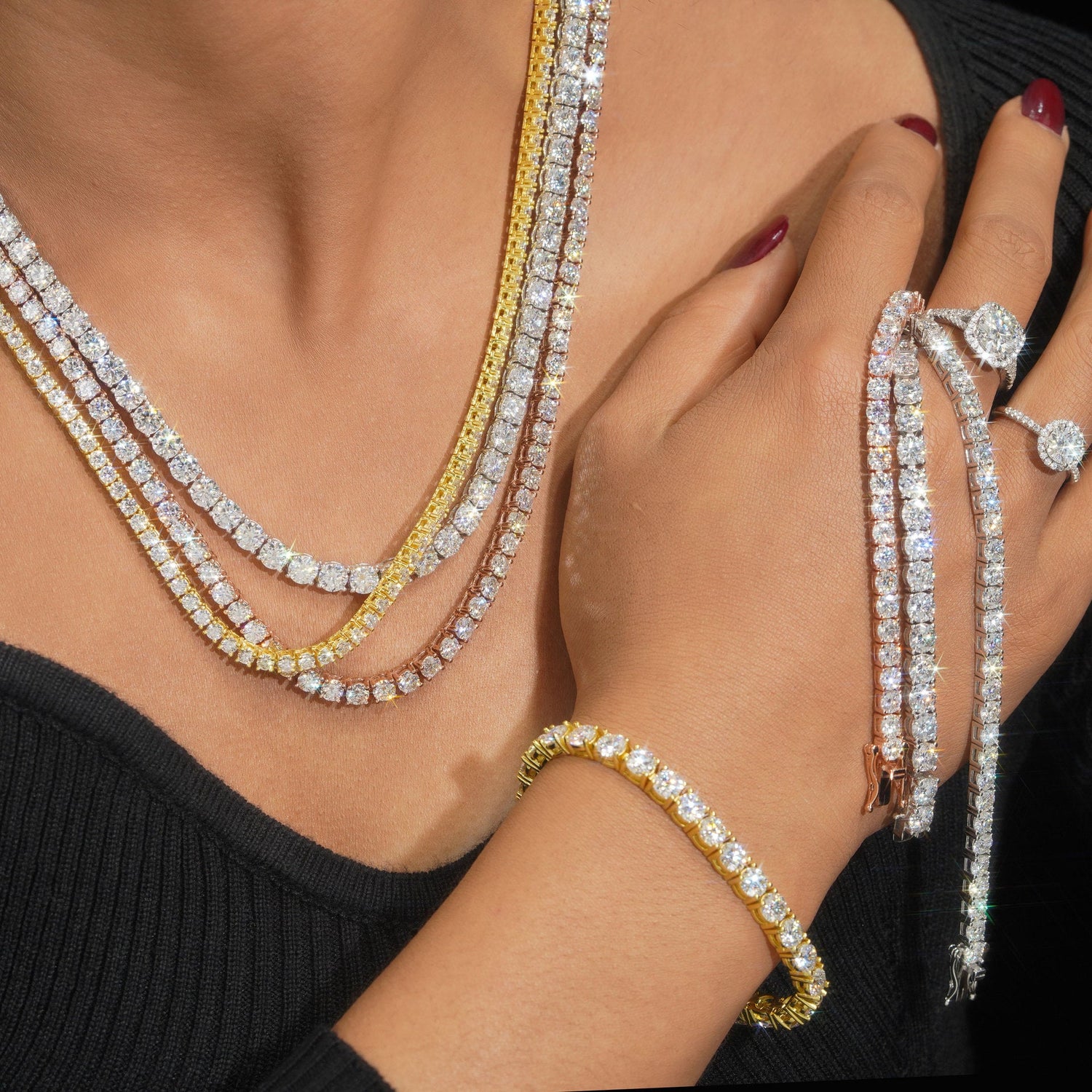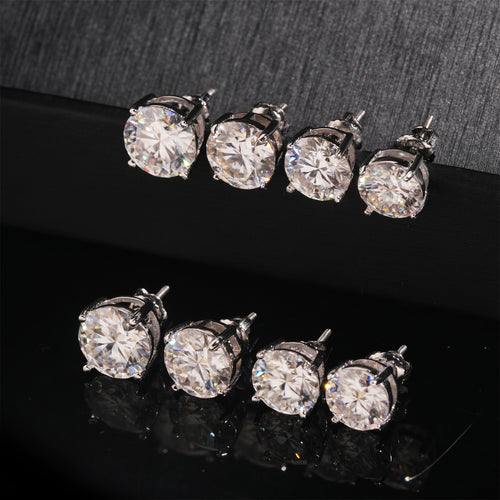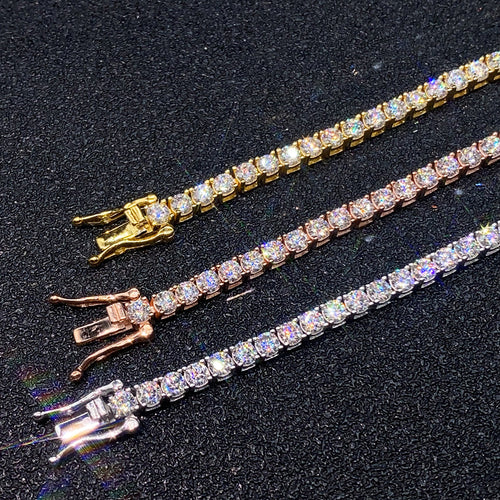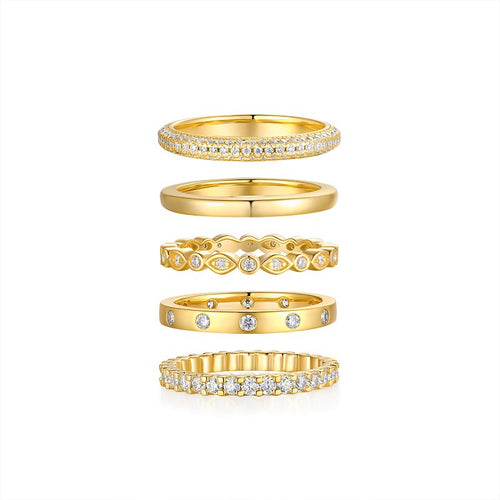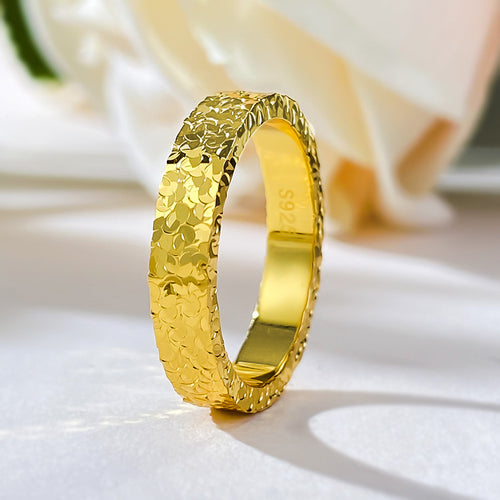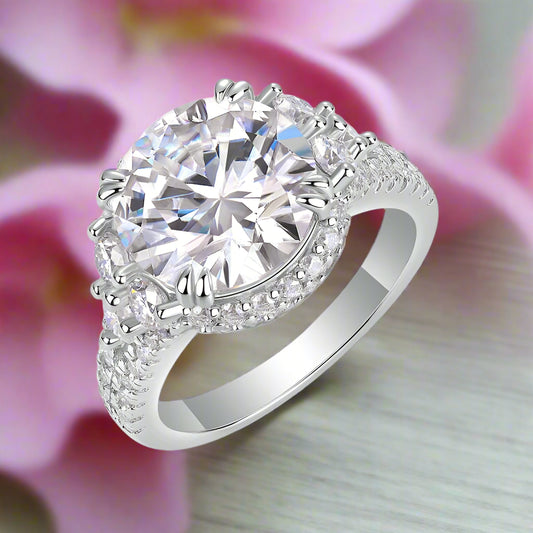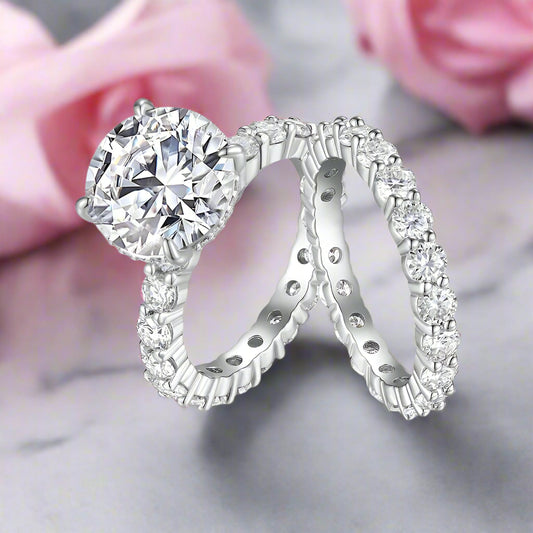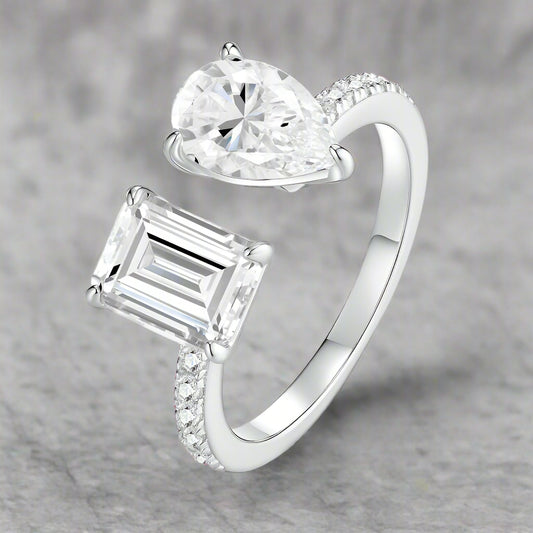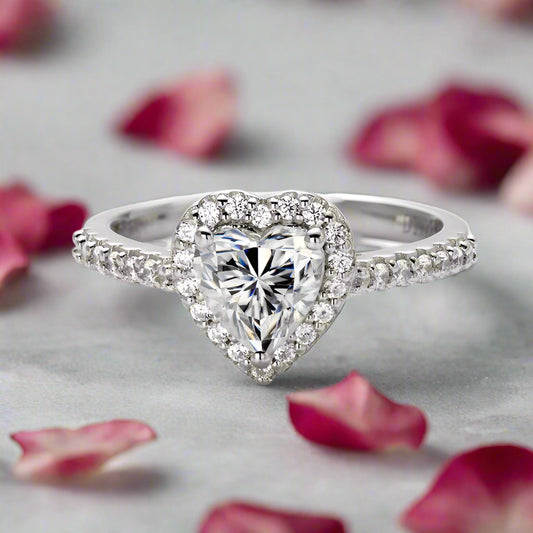Pearls are timeless symbols of elegance and sophistication, admired for their natural beauty and rarity. But with the rise of high-quality imitations, it’s becoming increasingly important to know how to identify genuine pearls. Whether you are investing in pearl jewelry or inheriting a family heirloom, understanding the difference between real and fake pearls ensures that you are getting authentic value.
In this guide, ANNXMEE explores the most effective tests to identify real pearls - from simple DIY methods to professional gemologist techniques.
1. The Tooth Test: The Classic DIY Method

One of the easiest ways to test pearls at home is the tooth test.
-
How it works: Gently rub the pearl against the edge of your tooth (not biting it).
-
Real pearls: Feel slightly gritty or sandy due to their layers of nacre.
-
Fake pearls: Feel smooth, glassy, or plastic-like.
⚠️ Tip: Do this carefully to avoid scratching the pearl.
2. The Magnification Test

Use a magnifying glass or jeweler’s loupe to examine the surface of your pearls.
-
Real pearls: Show natural imperfections - tiny ridges, grooves, or irregularities.
-
Imitation pearls: Appear flawless, overly smooth, and may even show peeling coating.
3. The Weight Test

Pearls have a distinctive weight compared to fakes.
-
Real pearls: Feel heavier and denser than they look.
-
Fake pearls: Often feel light, especially if made of plastic.
4. The Temperature Test

Pearls are made of calcium carbonate and have natural thermal properties.
-
Real pearls: Feel cool to the touch initially, then warm up against your skin.
-
Fake pearls: Often match room temperature instantly and lack that cooling sensation.
5. The Shape and Luster Test

Perfectly round pearls are rare and valuable.
-
Real pearls: Come in various shapes (round, oval, baroque) with a deep, layered luster that seems to glow from within.
-
Fake pearls: Often uniformly round with a superficial shine that looks glassy.
6. The Drill Hole Test

If your pearls are part of a strand, inspect the drill holes.
-
Real pearls: Display clean edges with nacre layers visible around the hole.
-
Fake pearls: Show chipped paint, bubbling, or uneven coatings near the holes.
7. The UV Light Test

Under ultraviolet (black) light:
-
Real pearls: Often emit a soft bluish, greenish, or milky glow.
-
Imitation pearls: Typically show no reaction or an unnatural bright fluorescence.
8. The Professional X-Ray or Lab Test

When in doubt, trust the experts.
-
X-ray test: Reveals the internal structure of the pearl. Real pearls show concentric growth rings, while fake ones display a solid or glassy core.
-
Gemologist evaluation: Certified labs provide authenticity certificates, essential for valuable pearl jewelry.
Why Identifying Real Pearls Matters

-
Value: Genuine pearls hold intrinsic and market value.
-
Durability: Real pearls last for generations with proper care.
-
Symbolism: They carry cultural, emotional, and spiritual meanings that imitations cannot replicate.
Final Thought from ANNXMEE
Real pearls are nature’s treasures - each one unique, radiant, and meaningful. By using these tests to identify genuine pearls, you can shop with confidence and cherish jewelry that carries true elegance and authenticity.
At ANNXMEE, we celebrate the timeless charm of pearls and their ability to connect tradition with modern sophistication.

Frequently Asked Questions About Real Pearls
1. Are real pearls always perfectly round?
No. Perfectly round pearls are extremely rare and therefore highly valuable. Most natural and cultured pearls come in slightly irregular shapes, such as oval, teardrop, or baroque. Their unique forms add to their charm and authenticity, while imitation pearls are often manufactured to look perfectly uniform.
2. What’s the best way to care for real pearls?
To preserve their luster, keep pearls away from harsh chemicals, perfumes, and hairspray. After wearing, gently wipe them with a soft cloth to remove natural oils. Store them separately in a soft pouch or cloth-lined box to prevent scratches. Unlike gemstones, pearls should not be cleaned with ultrasonic machines - use mild soap and lukewarm water instead.
3. How can I tell the difference between real pearls and glass beads?
Real pearls have a layered nacre structure that gives them depth and a warm inner glow. They also feel gritty against your teeth. Glass beads, by contrast, look shiny but flat, feel smooth against the teeth, and are usually heavier but lack the same iridescent luster.
4. Do real pearls change color over time?
Yes, pearls can develop a slightly deeper or warmer tone over decades due to exposure to natural oils, light, and air. This is normal aging and often enhances their beauty. However, if pearls discolor significantly or turn dull, it may be due to improper care or environmental damage.
5. Are freshwater pearls real pearls?
Absolutely. Freshwater pearls are genuine pearls grown in freshwater mussels, primarily in lakes and rivers. While they often differ in shape and luster compared to saltwater pearls (like Akoya, Tahitian, or South Sea pearls), they are still authentic and valued for their unique beauty and affordability.


